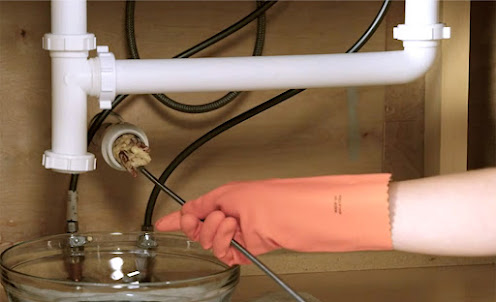If you've ever watched an episode of Gordon Ramsey's Kitchen area nightmare, you have seen a disgusting oil trap. Cleaning up the waste from their grills seems entirely alien to the topics of the dining establishment rescue truth collection. If you've ever had a restaurant, you should be aware of the significance of grease trap cleaning. Even overlooking the apparent health hazards, there are several security concerns. The fats and oils caught can obstruct a drain system, causing sewage back-up right into sewers and also into your very own kitchen area. This could bring about substantial monetary loss from fines, building damages, and also possible legal actions. To avoid these risks, here are a couple of ideas to maintain your grease catches clean and also risk-free.
First, keep an eye on the level of grease in your trap. Utilize a small wooden dowel or determining stay with see how high the level has obtained. If you maintain a record of this information, you will have the ability to tell when you are possibly managing a serious clog. If a major blockage exists, ignore the following actions as well as call an expert solution.
Restaurant grease trap cleaning
After gauging and also videotaping, remove any type of standing water from the container. Put the water in a pail or trashcan and pour it back right into the drainpipe after you have finished your cleaning. Next off, make use of a small bucket or mug to remove as much waste as feasible. Place all the strong waste into a water-tight, heavy-duty trash bag.
When you have gotten rid of as much loose oil and oil as you can utilize a sturdy utensil to scratch the sides and a lid. Cleansing in this manner will certainly make sure that you have removed all the waste successfully. You can then scoop the scraped waste right into the trash bag or use a wet/dry vacuum.
After every possible little waste has been scratched away, scrub down the entire oil catch as well as decontaminate every little thing. Use a steel pot scrubber and cozy water to guarantee that all waste has been removed. Include soap in the water to eliminate any kind of foul odors as well. It is suggested that you wash the catch several times, cleansing your scrubbing instrument in between washes. Ideally, disassemble your oil catch throughout this action to cleanse every surface thoroughly. After an extended scrubbing-up session, wash whatever with space temperature level water. Make sure all oil, oil, dust, as well as soap, is completely removed. If you've dismantled the catch, allowing every piece to entirely dry before putting every little thing back together.

Comments
Post a Comment